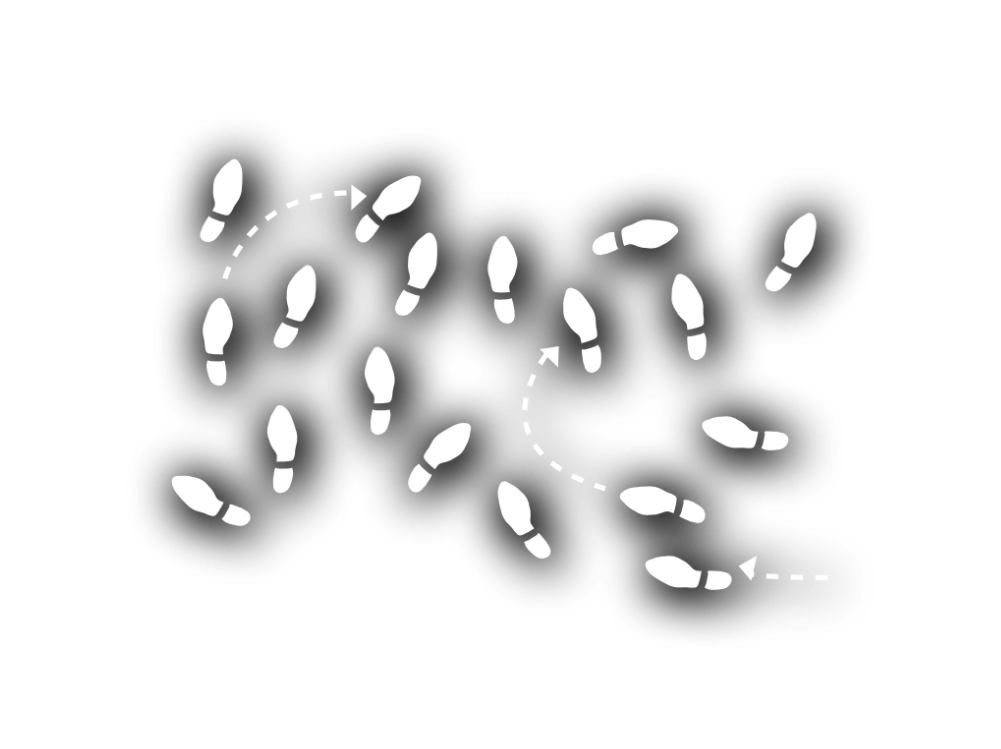
Focuses on factors related to group, partner and indivudal dance activities. This includes envionments including classes, workshops, social events, festivals and conventions.
Taking part with passionate and activity dancing can be rewarding. From Salsa, Ballroom, Artistic dancing, Ballet, Street dancing and many more it can be fulfilling and fun for a person with invisible disabilities, neurodivergent (including Autism, ADHD, Dyslexia, Dyspraxia) and those experences anxiety (including Social Anxiety).
For some people with differences they can face many challenges, boundaries and obstacles which can get in the way.

Open mind
Never make unhelpful comments "you got this wrong" it can be cause negative side affects on their learning and their presence
Make some resonable adjustments to make sure if a person is struggling is not disadvantaged or alienated.
Avoid pressurising if a particular dance moves which make be more complicated and more time and patience to encouragement.
After the class has ended and make extra time to talk to a person separately in a class which struggling and break down the moves in greater detail.
It would be encouraging if the dance teachers to remind attendees to be patient with each other that everyone has different learning speeds and types.
Encourage experienced dancers to spend a short time with anyone who struggles during the class and give them the opportunity that practised the move before they adopt the moves at a social dance.

Monitor
Make sure that any learning does not affect a persons mental health and well-being
During social dance after partner dance classes
Pay attention if someone is struggling and is less perceptive and make inaccurate judgment
During classes and at the social dancers, some attendees would discriminate based on perception and vanity attitudes. This can affect some people with hidden differences expressly resort learners who need more time to be confident in dance moves.
Sadly some will use their prejudice further by ridiculing and picking on a person with differing abilities compared to the average person.
Social dances some people can easily be rejected than others regardless of abilitiues and diffuclties.
Some people with specific difficulties may need to have a social surrounding with improves motivation the dance at the social events and for a longer period of time.

Discourage
Making unhelpful criticism or judgement that can damage a person's confidence when learning to dance
In social environments not to defy individuals who may have a limited amount of dance steps
Rules, guidelines and etiquette may not be easy for many people to understand and follow. So never make perceptive and destructive prisons against someone that may deal with differences against what a particular dancing environment accepts. Always check if some may have varying abilities and check it and if they are generally struggling. If you make a critical response against their identity can not only damage with confidence to but also be made to leave and not return.

Factors to Note
PARTNER DANCING EVENTS, PARTIES AND FESTIVALS
At social events, festivals and conventions can be very challenging for some people with hidden differences. It can lead to high amounts of anxiety, and exclusion. Unless they have supportive surroundings, they will be less motivated to dance at the social parties and leave earlier than everyone else.
In addition a neurodivergent woman tend to blend into social situations greater than men. This can mean certain men who has socialising challenges can be a disadvantage against their presence and it can lead to rejection, marginlisation and alienation.
If you have an open mind socialising with a person with specific diffuclties (especially if they are very considerate) could support you or help you out when they needed.
Having specific areas to chill and escape from the crowds and atmosphere can help some people with differences maintain their presence for longer with less compromising risks
On some occasions, some people with specific difficulties can be a target of bullying & physical abuse unless they have a strong supportive surrounding
Speech can affect some people with certain difficulties in loud music and socialising at thre same time. It can affect meeting new people. Some people with specific difficulties are visual learners which means the information related to learning may needs to be broken down to prevent learning overload.

Summary
Dance Teachers & team leaders
* Be patient and have a open mind
* The accommodating to every learning levels and types
* Encourage patience and support
* Give extra times to dose may have struggled during classes
* Monitor and we check out when needed
* Show greater interest in the challenges & obstables which may occur
Experienced dancers and attendees
* Reach out to those who are seen as struggling during classes.
* Encourage others to dance with certain people dance who know who are at a disadvantaged during classes and social events.
General attendees
* Be patient
* Have an open mind
* Offered to help those who find certain use very challenging
* Monitor and report people who face prejudice and rejection
Organisers of events festivals and conventions
* Always be welcoming
* Have an open mind
* Be willing to be a listening ear if a person is struggling with the environment or a particular circumstance
* Educate and infom the teams involved with the event to be more inclusive and be discouraging to anyone, rebardless of abilities and difficulties

Tips & guidance
See a person beyond their difficulties
Do not physically disrupt or abuse a person with hidden differences when they are dancing
Never use a person's difficulties to trivialise or shame their existence. This includes not mocking or ridicule based on how you perceive them.
If you witness a person with hidden differences are disrupted from dancing due to bullying physical assault or provocative pranks support and we bought two security and members of staff on their behalf.
Never use jealousy, resentment and irony to physically abuse a person with hidden differences when dancing.

Discover more
Inclusive to Dance is a special version of the Inclusive Differences project. Focusing on Integration and inclusion for hidden differences in society.
Find out more by visiting the main page of the Inclusive Differences project
Embrace Dancing
Visit the special Embace Dancing feature, developed by the project director with specialised projects and other developments all year round
Developed with Plus Value Awareness and Focused projects by Keith Mckenzie




